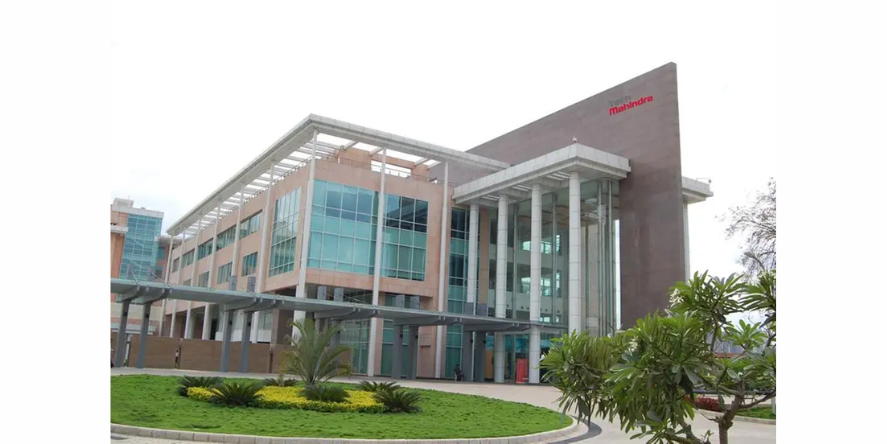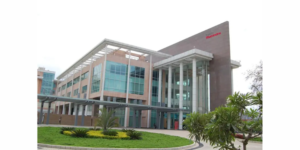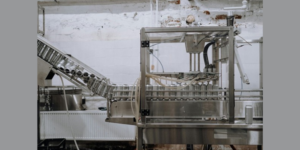Regardless of age, gender, or geographic location, everyone is impacted by the serious issue of road safety. Road accidents claim the lives of millions of people each year or leave them with severe injuries. These mishaps have an effect on the people who are engaged as well as their families, social networks, and communities. Therefore, it is crucial to raise knowledge about strategies for improving road safety that can aid in lowering the number of collisions and casualties. In this blog, we’ll talk about some of the most important rules and recommendations for driving safely, as well as cutting-edge innovations(IoT) from top corporations and international policy efforts that everyone should adhere to.
The Internet of Things (IoT), which enables real-time data gathering and analysis as well as connection between vehicles, infrastructure, and other devices, has the potential to greatly increase road safety. Real-time communication between IoT-enabled vehicles is possible for the exchange of data such as position, speed, and direction. Both crashes and traffic flow can be improved by doing this.
Traffic lights, speed limit signs, and other roadside infrastructure can all be communicated throughwith by IoT-enabled automobiles as well. By giving them access to current information on weather, road dangers, and traffic conditions, this can assist drivers in making wiser judgements.
Real-time IoT sensor monitoring of car parts including brakes, tires, and engines can warn drivers and maintenance staff of possible issues before they become significant safety risks. Driver assistance systems that are IoT-enabled, like lane departure alerts, collision avoidance systems, and adaptive cruise control, can aid in preventing collisions. IoT sensors have the potential to save lives by lowering reaction times and automatically detecting accidents and alerting emergency personnel.
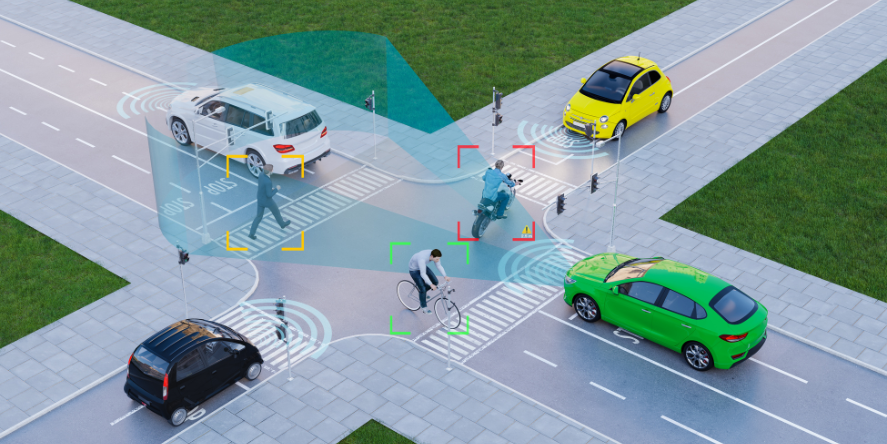
Initiatives taken by Governments across the globe to improve road safety.
Infrastructure Improvement: To lessen traffic congestion and accidents, governments have been spending on improving road infrastructure, including building bigger highways, more bridges, and overpasses.
Road Safety Education: To teach students about traffic laws, signals, and signs, many nations have implemented road safety education programmes in schools. This encourages safe driving practices from an early age.
Stricter Laws and Regulations: In order to increase road safety, governments have enacted more snug laws and rules, such as seat belt and helmet requirements, speed limits, and harsher punishments for driving while intoxicated.
Solutions Based on Technology: Modern technology has been employed to increase traffic safety. Speed cameras, traffic control, and computerized toll collecting systems are a few examples.
Public Awareness Campaigns: To inform drivers, pedestrians, and other road users about safe driving habits and the risks associated with careless and distracted driving, governments have started public awareness campaigns.
Collaboration and Partnership:To address challenges related to road safety, governments have partnered with non-governmental organizations (NGOs), civil society organizations, and the commercial sector. These collaborations have produced ground-breaking initiatives and programmes for improving traffic safety.
Enhancing Emergency Response: Governments have made investments in enhancing emergency response systems, including better emergency medical care for accident victims and the training of paramedics.
In many nations, these programmes have contributed to a decrease in the number of traffic accidents, injuries, and fatalities. The government must continue to prioritize road safety as a crucial public health problem since there is still a long way to go before we reach the target of zero traffic fatalities..
Latest innovations in safety equipment and accessories for vehicles
There are several recent innovations in safety equipment and accessories for vehicles, some of them are listed below:
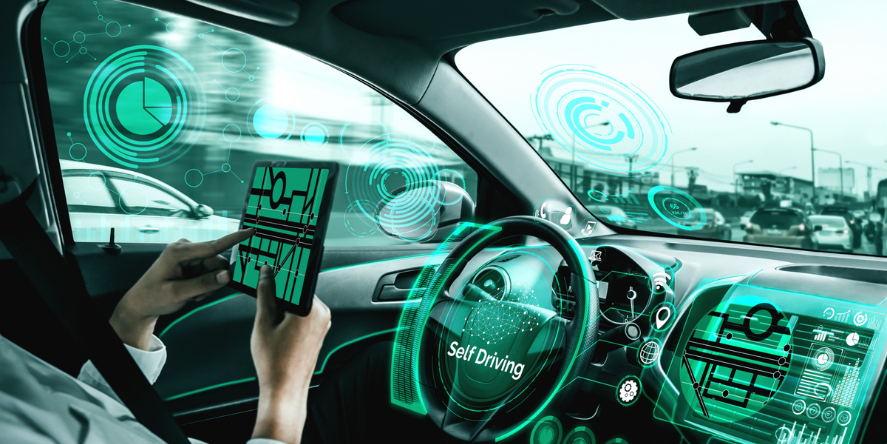
Advanced Driver Assistance Systems (ADAS): These safety systems employ cameras and sensors to aid drivers in avoiding collisions. Examples include blind spot detection, automated emergency braking, adaptive cruise control, and lane departure warning.
Backup Cameras: When reversing, these cameras give the driver a glimpse of what’s behind the car to help them avoid hitting anything or anyone.
Automatic Emergency Braking (AEB): With the help of sensors, AEB systems can identify possible collisions and instantly apply the brakes to lessen or completely avoid an accident.
Lane Departure Warning (LDW): LDW systems use cameras and sensors to identify lane drifting in vehicles and warn the driver either visually or audibly.
Blind Spot Detection (BSD): When a car is in the driver’s blind area, BSD systems utilize sensors to identify it and notify the driver.
Adaptive Headlights: These headlights automatically adjust their direction and intensity based on the vehicle’s speed and steering, providing better visibility and reducing glare for other drivers.
Tire Pressure Monitoring Systems (TPMS): These systems keep track of each tire’s air pressure and warn the driver if it drops too low, reducing the risk of tyre blowouts and increasing fuel efficiency.
Electronic Stability Control (ESC): The driver can maintain control by using ESC systems, which employ sensors to identify when a vehicle is losing traction and automatically apply the brakes to specific wheels.
Smart Airbags: In order to decrease the danger of injury to occupants, these airbags use sensors to assess the seriousness of an accident and modify their deployment accordingly.
Our methods for addressing the issue of road safety have been improved thanks to technological breakthroughs. In order to reduce the risk and respond appropriately, specific road infrastructure is being constructed.
The following are some of the most advantageous inventions that we should take note of:
Smart roads: Roads that are equipped with sensors, cameras, and other technologies that can collect data about traffic patterns, weather conditions, and other factors. This information can be used to optimize traffic flow, improve safety, and enhance the overall driving experience.
Self-healing roads: Researchers are creating a concrete mix that includes bacteria enclosed in tiny capsules that will sprout when water seeps into a concrete fracture. In order to prevent water and oxygen from corroding the steel reinforcement underneath, this forms limestone (calcite), sealing the fissure. According to estimates, self-healing concrete can cut lifetime expenditures by up to 50%. The similar idea is applied to asphalt, where tiny capsules containing rejuvenators can be utilized to improve the material’s capacity for self-healing.
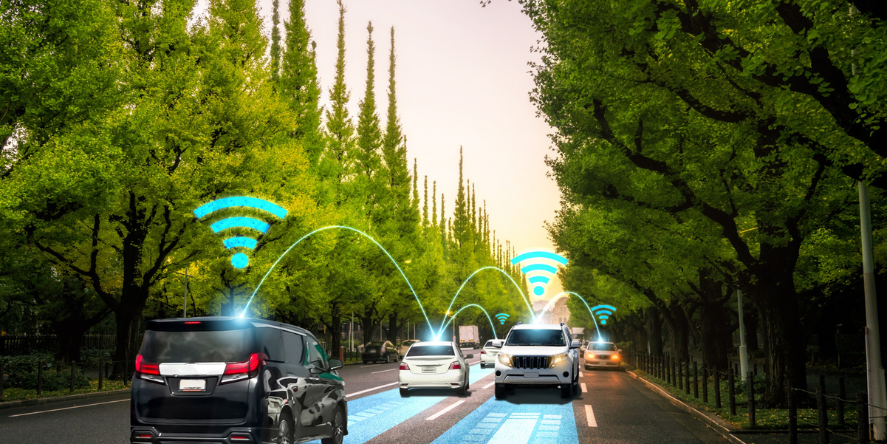
Intelligent Speed-Bumps:These speed bumps react appropriately based on the speed of the moving vehicles.
Traffic Light Synchronization:A traffic engineering approach called traffic signal synchronization matches the green light times for a number of intersections to allow the most vehicles to flow through, minimizing stops and delays for drivers. Traffic signal synchronization improves traffic throughput while reducing petrol use and pollutant emissions.
Future transport systems will be significantly different from the ones we have today. Flying cars, autonomous vehicles, passenger drones, the Hyperloop One system, which is anticipated to achieve a high speed of 760 mph (1,220 km/h), and Starship and the Super Heavy Rocket will provide access to any location on Earth in an hour or less. Let us look into some of the ambitious goals aimed by companies.

SpaceX’s Starship-Super Heavy Earth to Earth :
It involves sending people and cargo on Earth-to-Earth travels utilizing SpaceX’s next-generation spacecraft, Starship, and a big rocket named Super Heavy.
The Starship-Super Heavy system is primarily designed for interplanetary travel, such as missions to Mars, but SpaceX has proposed its potential for high-speed Earth transportation as well. The concept envisions using the powerful Super Heavy rocket to launch the Starship into space, after which the Starship would re-enter Earth’s atmosphere and land at a different location on Earth.
Starship-Super Heavy’s capacity to travel at great speeds and quickly reach various locations on the planet is the basis for the concept of Earth-to-Earth travel. By drastically lowering journey times, this may revolutionize long-distance travel.
For instance, the Starship-Super Heavy system may carry people between far-off cities in a matter of minutes as opposed to taking a conventional airplane several hours to fly between continents. The spaceship would be able to perform long-distance trips much more quickly than current modes of transportation thanks to its ability to travel at hypersonic speeds.
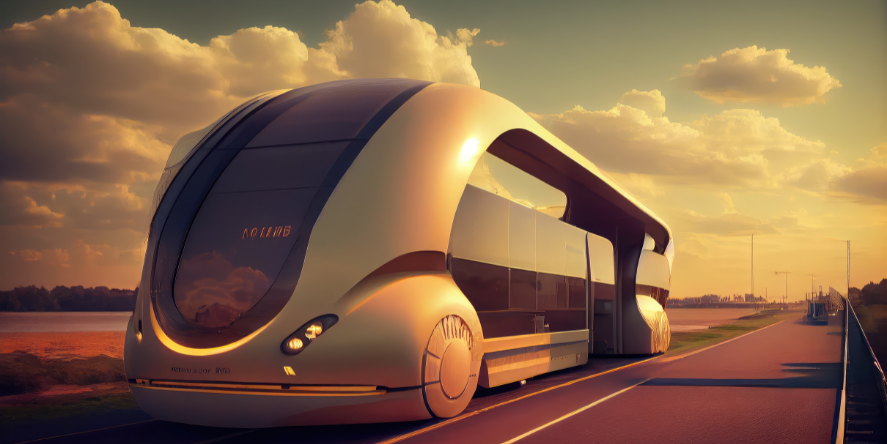
Hyperloop One revolution:
The Hyperloop is a rapid connectivity transportation technology that propels pods or capsules at a rapid pace through a tube of near-vacuum. The pods can travel at speeds that are substantially higher than those of conventional trains or planes thanks to the lower air resistance inside the tube. It is envisioned as a viable and effective means of transportation that may shorten commute times and ease traffic.
In comparison to conventional transportation methods, Hyperloop technology has the potential to reduce travel times, use less energy, and have a less negative impact on the environment. However, before the Hyperloop becomes a widely used reality, there are still a number of technological, governmental, and economical obstacles to be solved.
Pop.Up Next:
Pop.Up Next is a conceptual urban mobility system that was jointly developed by Airbus, Italdesign, and Audi. It is an innovative concept that combines a small, electric, and autonomous passenger capsule with both a ground and an air module.
A modular passenger capsule that can travel on land using a ground module and be raised by an air module to travel in the air is the basis of the Pop.Up Next system. The actual capsule is two-passenger capacity and entirely electric. It has the ability to go on roads by itself or fly short distances by being lifted by an air module like a drone.
Pop.Up Next’s goal is to offer an adaptable and effective urban mobility alternative, particularly in densely populated areas. The concept proposes a network of specific ground module docking stations and air module landing and takeoff pads. Travelers can easily switch between the ground and air modules to get where they’re going by booking a trip through a smartphone app.
The Pop.Up Next idea seeks to solve the problems of traffic congestion and offer a greener mode of transportation. It may be possible to shorten travel times and ease traffic on the ground by using the air module for short-haul flights. The system’s electronic nature also helps to lessen pollutants and noise pollution in metropolitan areas.
Conclusion
The Internet of Things (IoT) is playing a significant role in improving road safety. By connecting vehicles, infrastructure, and various devices, IoT enables the collection and analysis of real-time data, leading to better decision-making, enhanced situational awareness, and the implementation of proactive safety measures.
This connectivity empowers stakeholders to make informed decisions, implement proactive safety measures, and improve the overall efficiency of transportation systems, ultimately leading to safer roads for all.
Blog by Tamanna Shaikh









